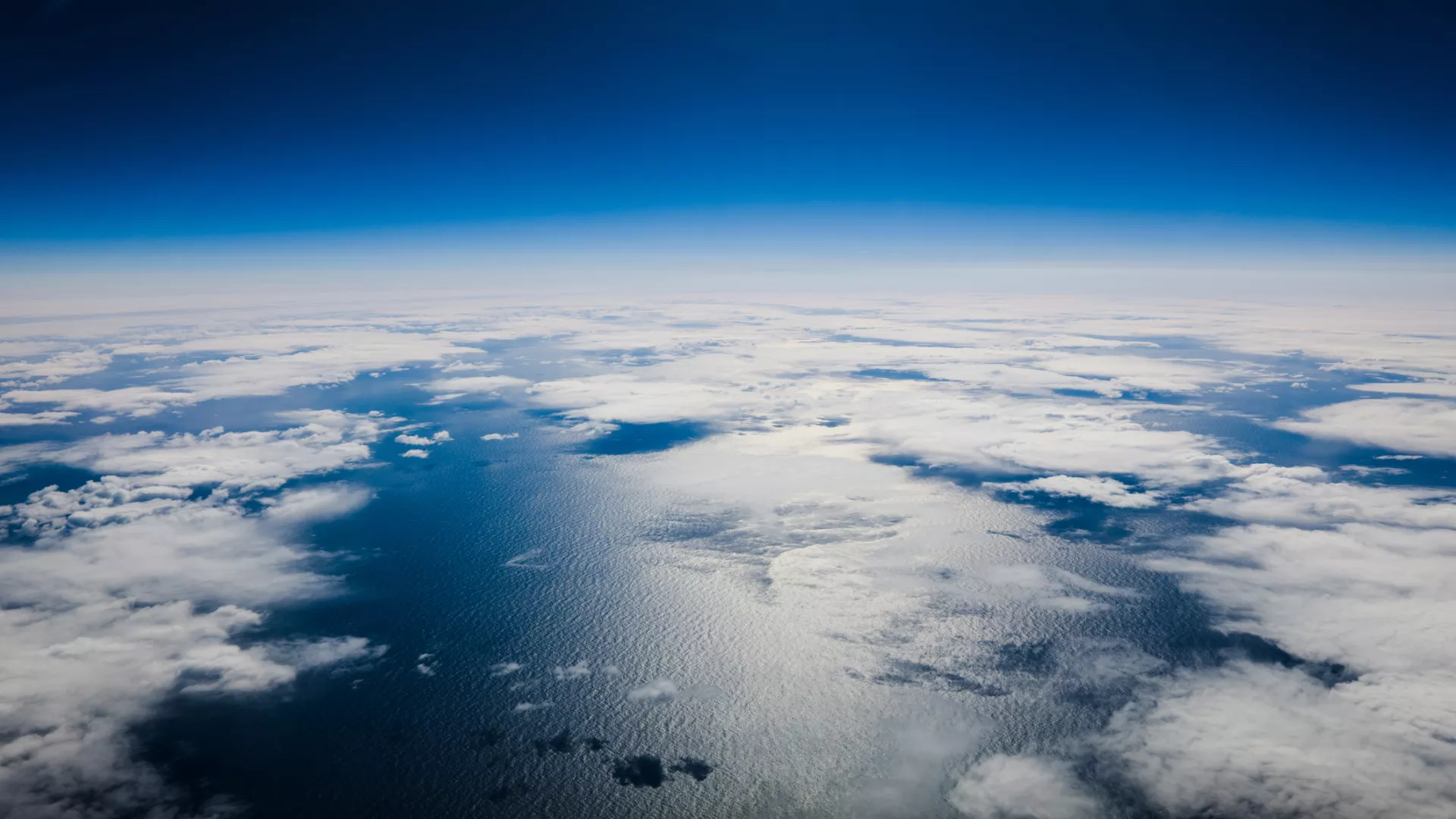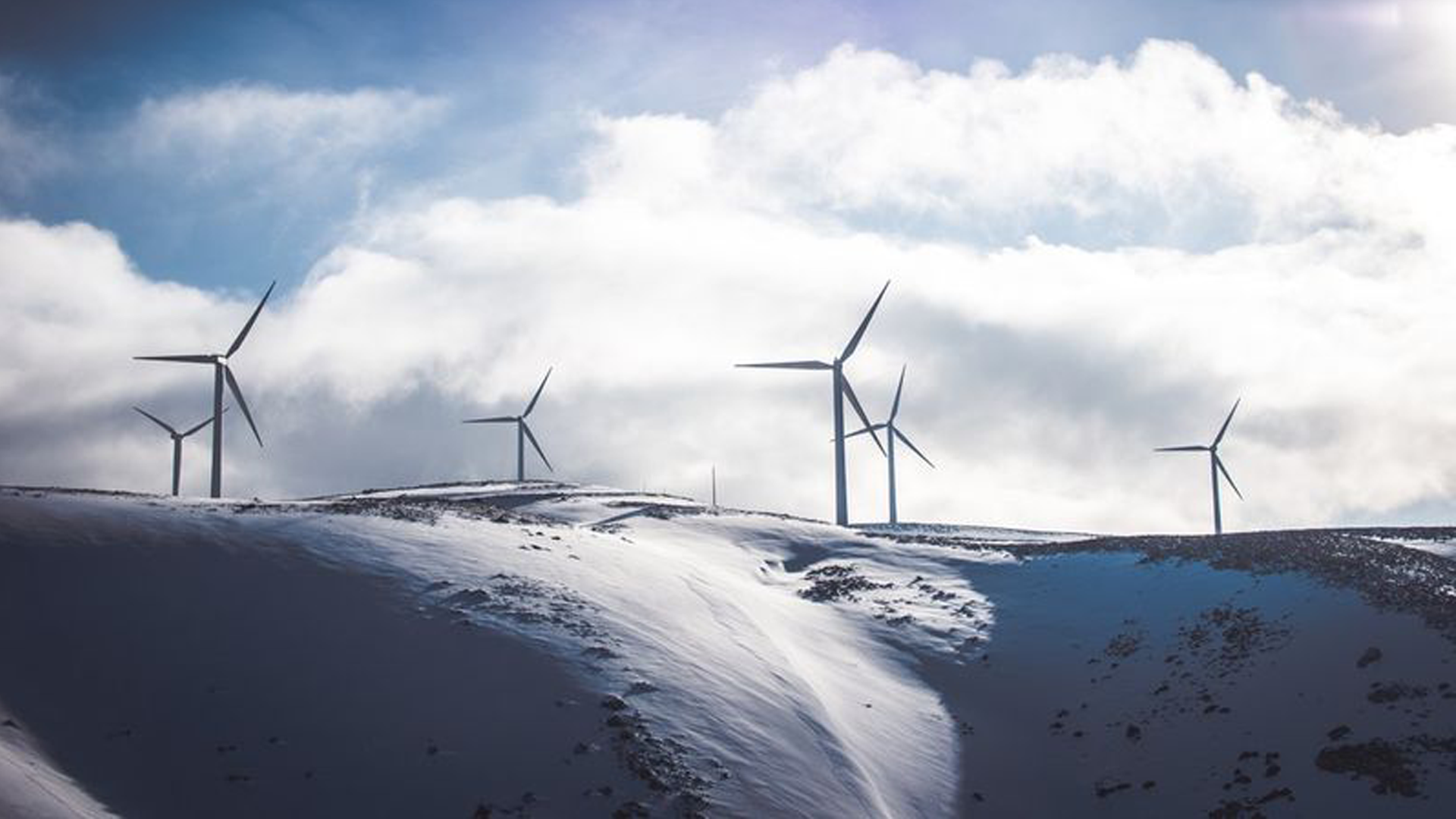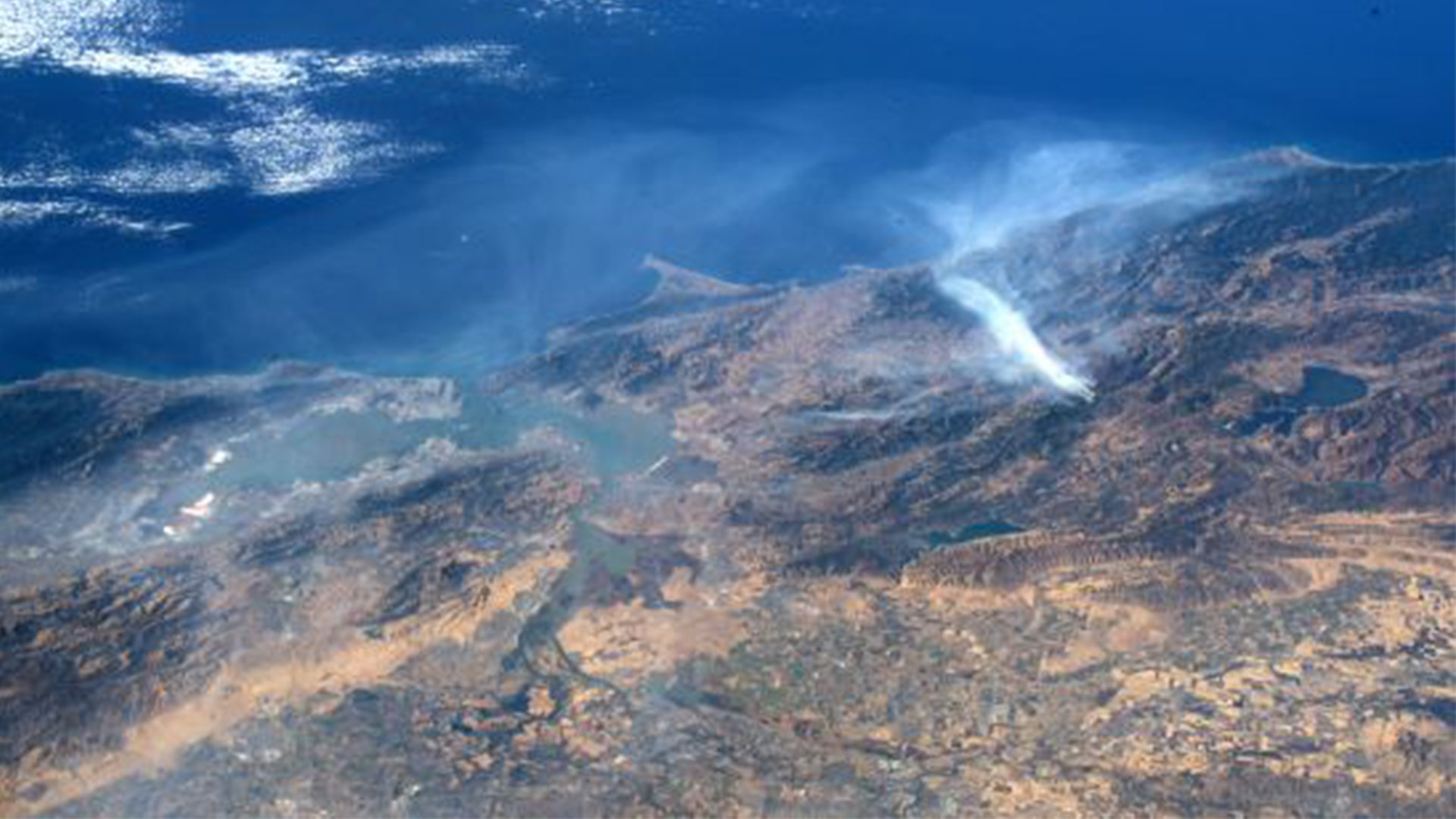
Improving the representation of fresh wildfire smoke in air quality forecasts
Speaker: Laura Thapa
Institution:
UCLA AOS
Location:
MS 7124
Date:
May 1, 2024
Time: 3:00 pm to 4:00 pm


